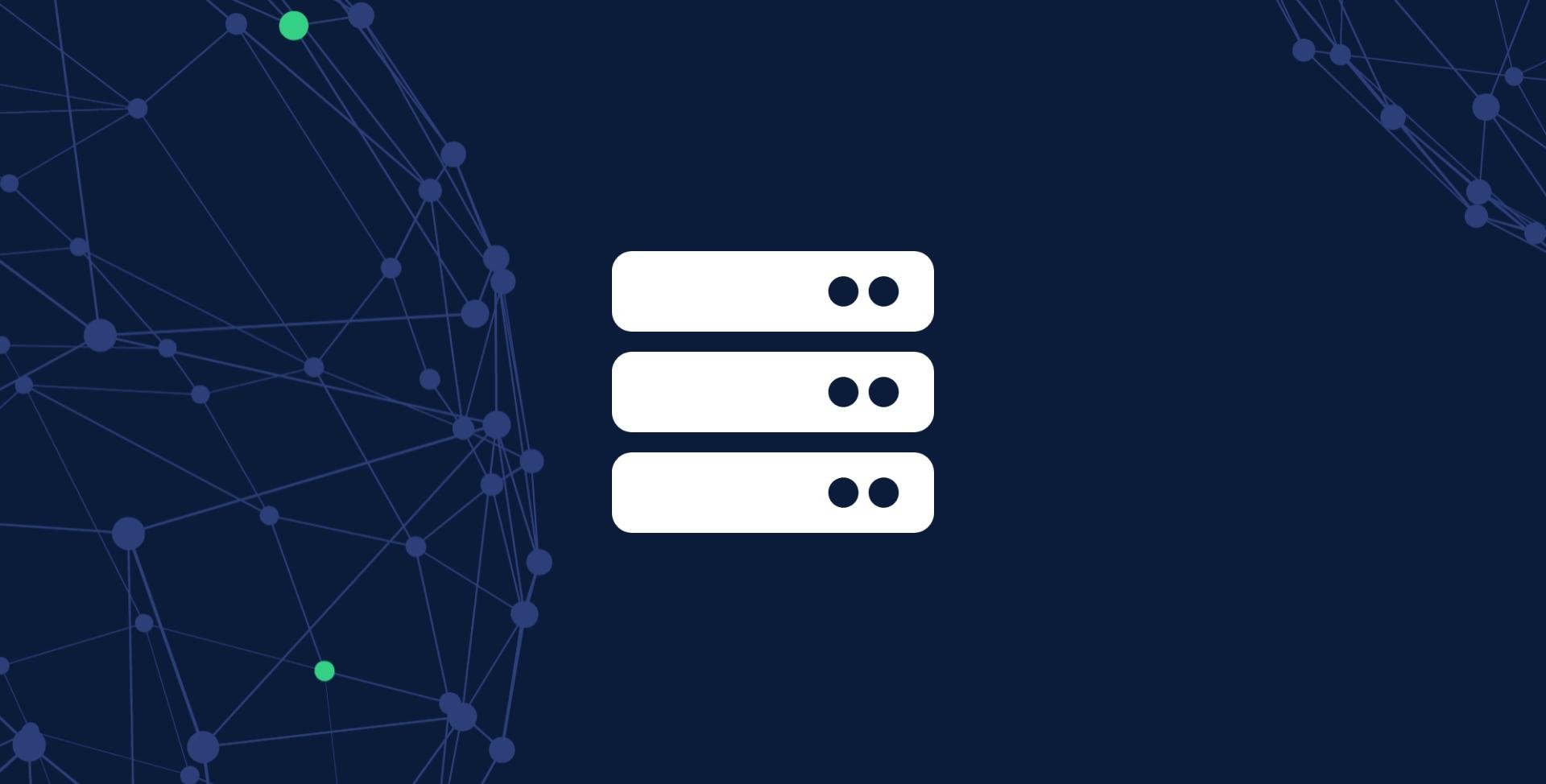$9,000 per minute: That’s the cost of downtime
$9,000 per minute: That’s the average cost of downtime
Every second your system is down, money walks out the door. While you're reading this sentence, businesses worldwide are hemorrhaging $150,000 in downtime losses. The question becomes whether you'll be prepared when unplanned downtime strikes.
What the true cost of downtime means for your business
The true cost of downtime extends far beyond simple revenue calculations, creating cascading effects that destroy business value across multiple dimensions.
Understanding these financial realities becomes the foundation for building effective defense strategies.
- $9,000 vanishes every 60 seconds during average IT system downtime (Gartner, 2024)
- Critical applications bleeding $1M+ per hour in lost revenue (Ponemon Institute)
- 80% of data centers hit by costly outages in the past 3 years (Uptime Institute, 2024)
- Fortune 1000 companies losing $1.25B–$2.5B annually to preventable downtime costs (IDC, 2023)
The impact of downtime in different industries
| Industry | Average cost per hour | Risk level |
|---|---|---|
| Finance | $5M+ | Critical |
| Healthcare | $1M+ | Critical |
| E-commerce | $500K–$1M | High |
| SaaS/IT | $200K–$700K | High |
| Small Business | $8K–$50K | Significant |
Your takeaway: Even "small" downtime events can trigger catastrophic losses within your industry bracket.
When giants fall and what can you learn
The most expensive business lessons come from watching industry leaders collapse under preventable failures.
These real-world disasters reveal patterns that every organization must understand: single points of failure create enterprise-threatening vulnerabilities, and preparation separates survivors from casualties.
Facebook's $100M BGP disaster (2021)
The damage: 6 hours offline, $100M+ in lost revenue, global productivity halt
The cause: Single BGP misconfiguration erased Facebook from the internet
Your defense: Implement out-of-band access and break-glass DNS procedures today
Coinbase's Super Bowl catastrophe (2022)
The damage: 20 million hits in 60 seconds, site crashed during peak visibility
The cause: CDN misconfiguration met with viral traffic surge
Your defense: Pre-warm CDNs and deploy server-side rate limiting before your next campaign
CrowdStrike's global meltdown (2024)
The damage: 8 million Windows PCs crippled worldwide
The cause: Faulty driver update with no rollback mechanism
Your defense: Implement canary releases and always maintain rollback paths for system-level changes
Read more: 10 high‑profile failures & what happened
The hidden tsunami: costs beyond revenue loss
Visible downtime costs represent only the surface layer of financial destruction.
The real damage occurs in cascading failures that compound over time: customer relationships deteriorate, competitive advantages evaporate, and operational efficiency crumbles. Smart organizations measure the complete cost spectrum to understand their true vulnerability.
Direct costs
- Lost sales during outage period
- Emergency response costs: overtime, consultants, crisis management
- Labor cost for recovery teams
- Recovery costs for data restoration
Indirect costs and hidden costs
- Customer churn: 33% abandon brands after reliability issues (Forbes, 2024)
- Reputation erosion amplified across social media
- Lost productivity: 23+ minutes required to refocus after interruptions
- Competitive advantage handed to rivals
Intangible costs
- Employee morale degradation during prolonged downtime
- Partner relationship strain from unplanned outages
- Market confidence erosion after public downtime incidents
The 7 downtime triggers threatening your business
Every downtime incident traces back to predictable failure patterns. Organizations that survive and thrive learn to identify these triggers before they create crises.
Learning about your vulnerability profile enables targeted prevention strategies that eliminate root causes rather than symptoms.
- Traffic surges: Server overload during launches or viral moments
- Infrastructure aging: Outdated hosting unable to scale
- Maintenance mishaps: Poorly timed updates or configuration errors
- Equipment failure: Unmonitored hardware degradation
- Cyber attacks: DDoS and security breaches causing network outages
- Third-party dependencies: Unreliable plugins or services
- Human error: Misconfigurations and missed protocols
Your downtime defense strategy: 5 non-negotiable pillars
Effective downtime prevention requires systematic architecture rather than reactive patches.
These five pillars create redundant protection layers that prevent single points of failure from becoming business-threatening events.
1. Proactive load testing
Simulate real-world traffic before it happens. Test your breaking point in controlled conditions, avoiding unplanned IT downtime during live customer interactions.
2. Redundancy architecture
Build failover systems that activate instantly. Your backup should be indistinguishable from your primary system to users, preventing server downtime.
3. Real-time monitoring
Deploy monitoring that detects micro-degradations before they become macro-disasters. Every second of early warning multiplies your response options, reducing downtime risk.
4. Chaos engineering
Regularly break your own systems in controlled ways. Discover vulnerabilities during planned downtime tests, avoiding customer-facing emergencies.
5. Crisis response playbooks
Document, practice, and refine your incident response. When systems fail, trained responses succeed in minimizing machine downtime.
Calculate your risk: the true downtime cost formula
The true cost of downtime extends beyond immediate revenue loss. Factor in recovery costs, labor costs, and the hidden cost of reputation damage when calculating your complete financial exposure.
⚡ Revenue Risk Calculator
Quantify downtime impact • Build reliability ROI case
Jiostar: Zero downtime during IPL matches
JioStar required a robust load testing solution to ensure maximum utilization of their infrastructure while avoiding unnecessary costs.
The goal was to benchmark and optimize their system’s performance under varying loads, ensuring smooth operation during high-profile events like IPL, which sees more than 30 million concurrent users.
This conscious strategy was driven by the need to avoid over-scaling infrastructure and instead focus on extracting the maximum value from their existing resources without compromising customer experience.
Your next steps: from vulnerable to bulletproof
Implementation success requires systematic progression through escalating protection levels.
This roadmap provides specific timelines and priorities that maximize protection while minimizing disruption to ongoing operations. Each phase builds upon previous investments to create comprehensive resilience.
Immediate actions (next 48 hours):
✅ Audit current monitoring systems for downtime issue detection
✅ Identify single points of failure that could trigger costly downtime
✅ Calculate your average downtime cost using the formula above
Strategic implementation (next 30 days):
✅ Deploy comprehensive load testing to prevent application downtime
✅ Establish redundancy protocols for critical systems
✅ Create incident response playbooks for each downtime event type
Long-term resilience (next 90 days):
✅ Implement predictive maintenance programs
✅ Optimize third-party dependencies to reduce network downtime risk
✅ Build customer communication protocols for unexpected downtime incidents
Maintenance strategy: planned vs. unplanned downtime
Strategic maintenance scheduling prevents catastrophic failures while minimizing business disruption.
The relationship between planned and unplanned downtime creates exponential cost differences: every hour of scheduled maintenance prevents multiple hours of emergency repairs.
Planned Downtime Benefits:
- Controlled maintenance windows
- Predictable revenue impact
- Customer communication preparation
- Reduced equipment failure risk
Unplanned Downtime Consequences:
- Immediate financial loss
- Customer trust erosion
- Emergency labor costs
- Data loss potential
Best Practice: Schedule regular maintenance windows to prevent unplanned outage scenarios. Every hour of planned downtime prevents multiple hours of costly unplanned system downtime.
Downtime is inevitable, catastrophic loss becomes optional
Every business will face system challenges. The difference between minor inconvenience and catastrophic loss lies in preparation, tools, and strategy.
Your choice today determines your resilience tomorrow.
Ready to transform vulnerability into competitive advantage? Start with comprehensive load testing that simulates real-world conditions and identifies vulnerabilities before they create revenue loss.
The investment you make in uptime protection today prevents the exponentially larger costs of downtime tomorrow. Your customers, revenue, and reputation depend on the choice you make right now.
Share this
You May Also Like
These Related Articles

Website downtime causes: 10 causes and resolution strategies

When website crashes happen: 10 high‑profile failures & what happened


